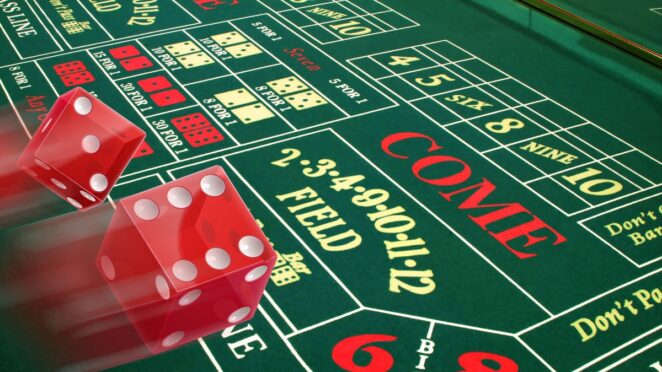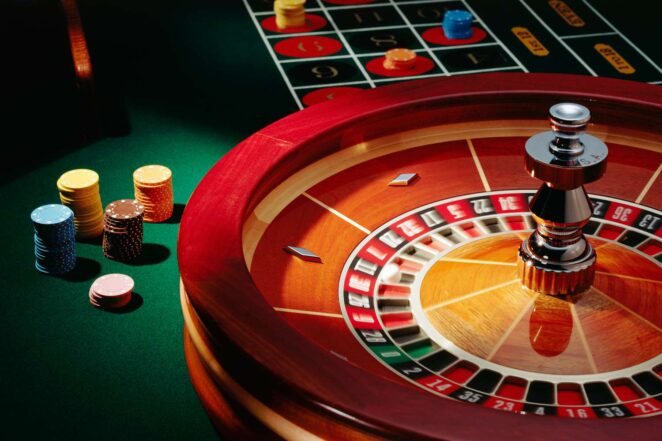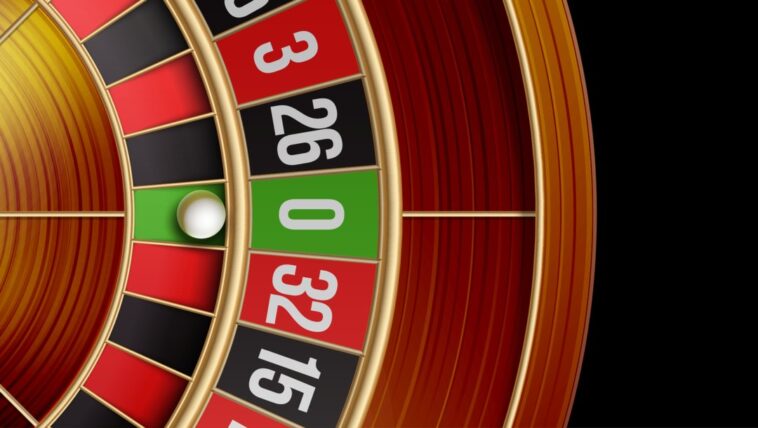Whether you’ve spun the iconic wheel a few times, or you’re looking to grab your first spin, Roulette is one casino classic that seems to have been around forever.
However, this hasn’t always been the case, and believe it or not, Roulette actually began with an experiment that didn’t go according to the inventor’s plan.
Have we intrigued you to find out more and delve back to where it all began? Do you want to see Roulette’s movement throughout history to become accessible to the masses via online Roulette games?
If so, scroll to continue.
Where it all began
As mentioned above, Roulette came to be from an experiment that didn’t go according to plan.
In 1655, French physicist, mathematician and inventor, Blaise Pascal, attempted to create a perpetual motion machine. Although he was unsuccessful in his experiment, not all was lost. His blueprints for the perpetual motion machine actually formed the start of what we now know to be, the iconic Roulette wheel.
With a few tweaks, the Roulette wheel was born
When first spun on the casino floors, the iconic wheel only had one variation containing a single zero (0) and a double zero (00) pocket, as well as pockets 1 to 36. It wasn’t until 1843 that the single zero wheel was introduced to casino goers, in Homburg, Germany, by two brothers Francois and Louis Blanc.
After a while, the Roulette wheel soon found itself in America, where players actually preferred the double zero variation to the single. Due to this preference, today we know the variations as European (0) and American (00).
The Roulette table layout

When looking at the Roulette table, you may notice there are two sections to the table layout itself, as well as it hosting the iconic wheel to one side.
The layout found on the table is comprised of a grid filled with numbers from 0 to 36. Each box within the grid holds a single number. Along with the numbers inside the boxes, they also contain either the colour red or black, which corresponds with the coloured pockets found on the Roulette wheel.
The table layout’s other section is comprised of boxes outside the numbered area containing more than just numbers, but words too. In fact, some boxes state ‘red’, ‘black’, ‘odd’ and ‘even’, just to name a few.
Any bet you wish to place within the numbered grid area will be classed as an inside bet. Any bet placed on the outer boxes will be classed as an outside bet.
Bet types and how to place them
Now that we’ve discussed the table layout, where to place your bets is the next thing you’ll need to know before heading to the Roulette table. From learning about the layout, we know the number grid is where you’ll find inside bets, and the outer boxes are for outside bets – but what are they?
All bets placed within a game of Roulette are determined by where they’re placed on the table. Here’s an example of an inside and outside bet and where you need to place your betting chip(s) to play them in a game:
Straight up

This is an inside bet because you’ll need to place your chip(s) inside the number grid. A straight up bet is the technical term for when you place a wager on a single number. To place a straight up bet, you’ll need to place your chip(s) in the middle of the box that contains your chosen number. Make sure the chip(s) aren’t touching the borderline of the box, as this could be seen as a different bet.
The betting odds for a straight up bet is 35:1.
Red / Black
If you’d rather place a wager on what colour the number and pocketed compartment of the wheel will be, you can place an outside bet called a red or black bet. To place a red or black bet, you’ll need to place your betting chip(s) in the box that states either ‘red’ or ‘black’, depending on which colour you wish to wager. Again, make sure your chip(s) are placed in the middle and not touching the lines of the box.
The betting odds for a red or black bet is 1:1
Now you know a little more about Roulette, where it all began and what everything on the Roulette table means, will you be spinning the iconic wheel anytime soon?




